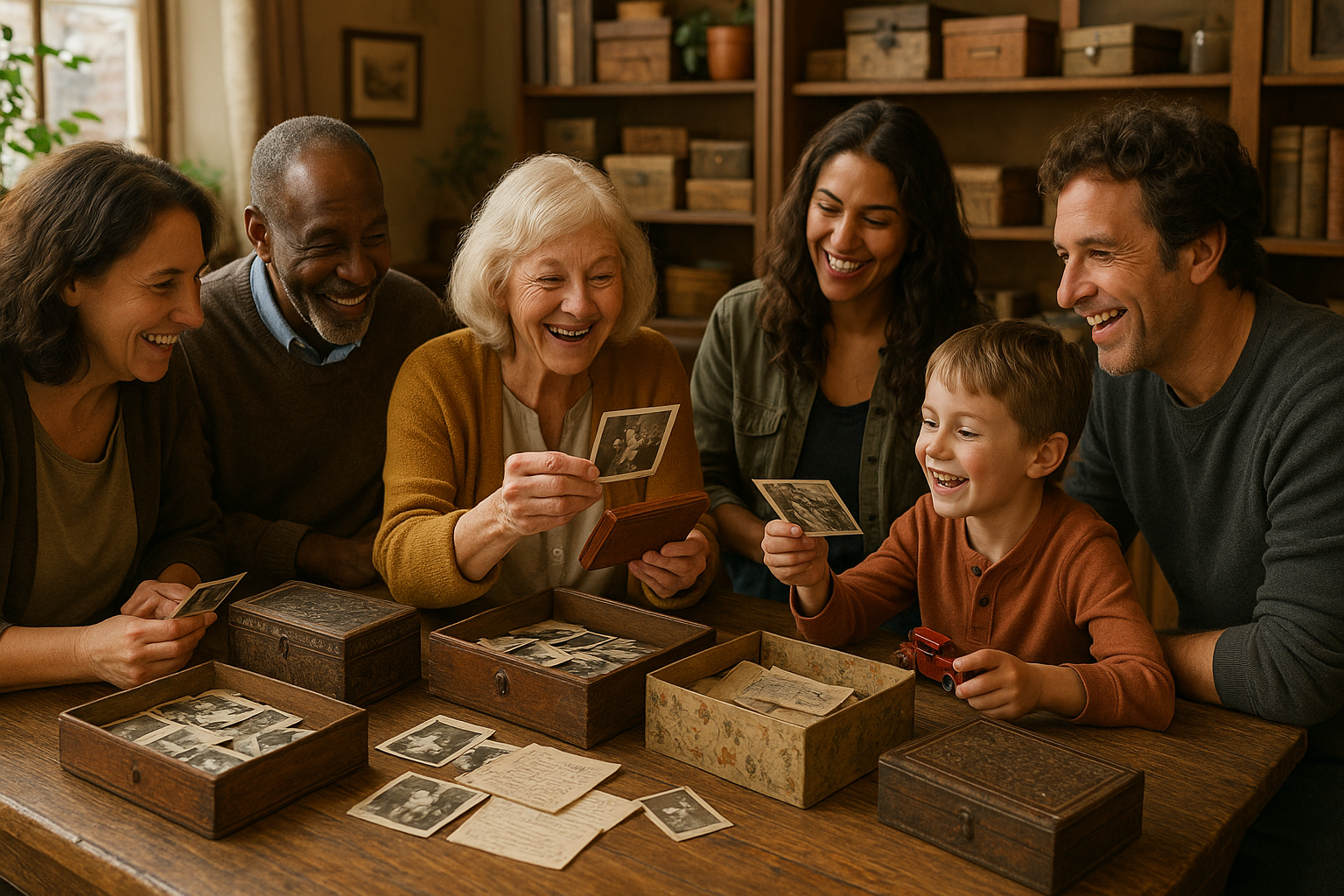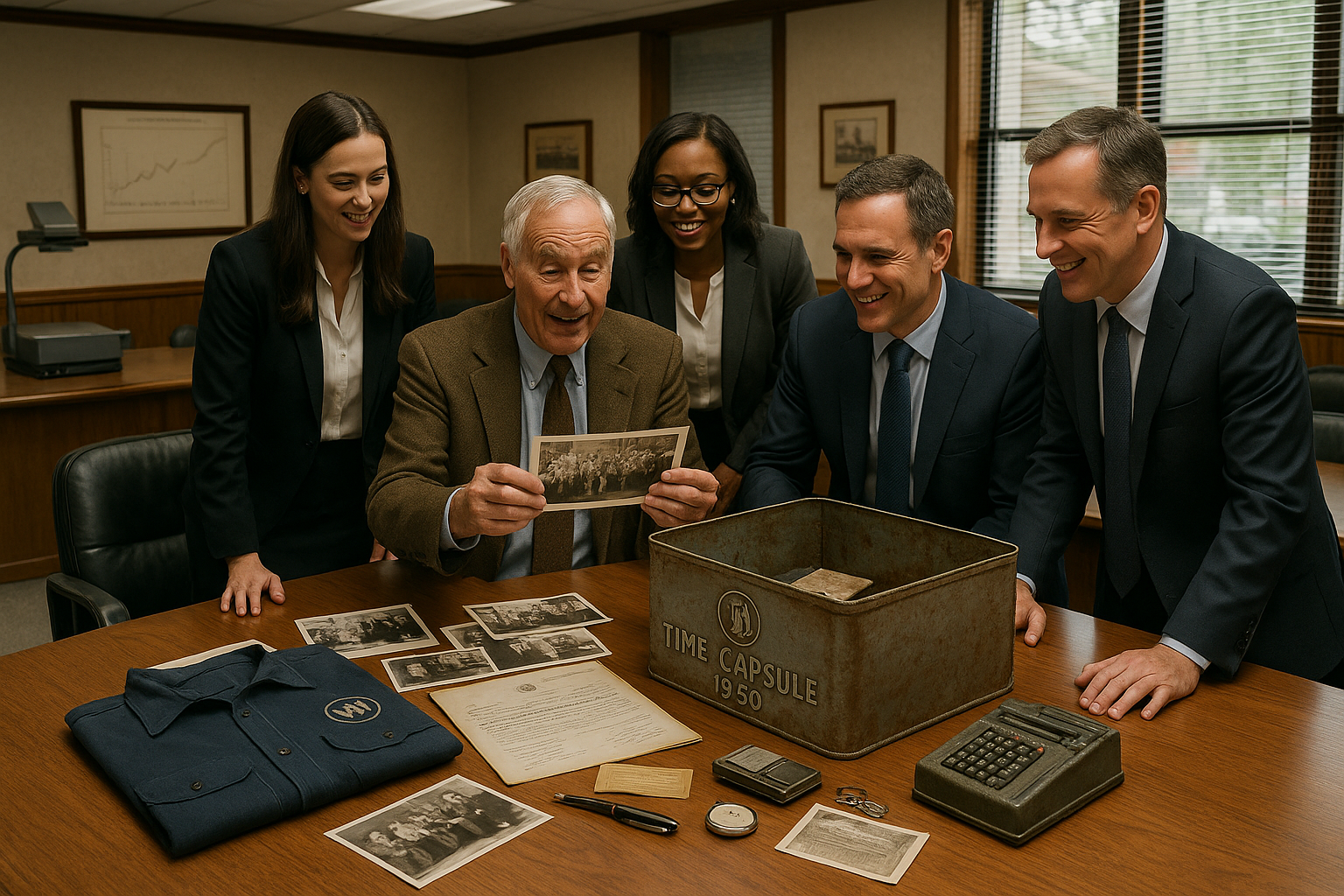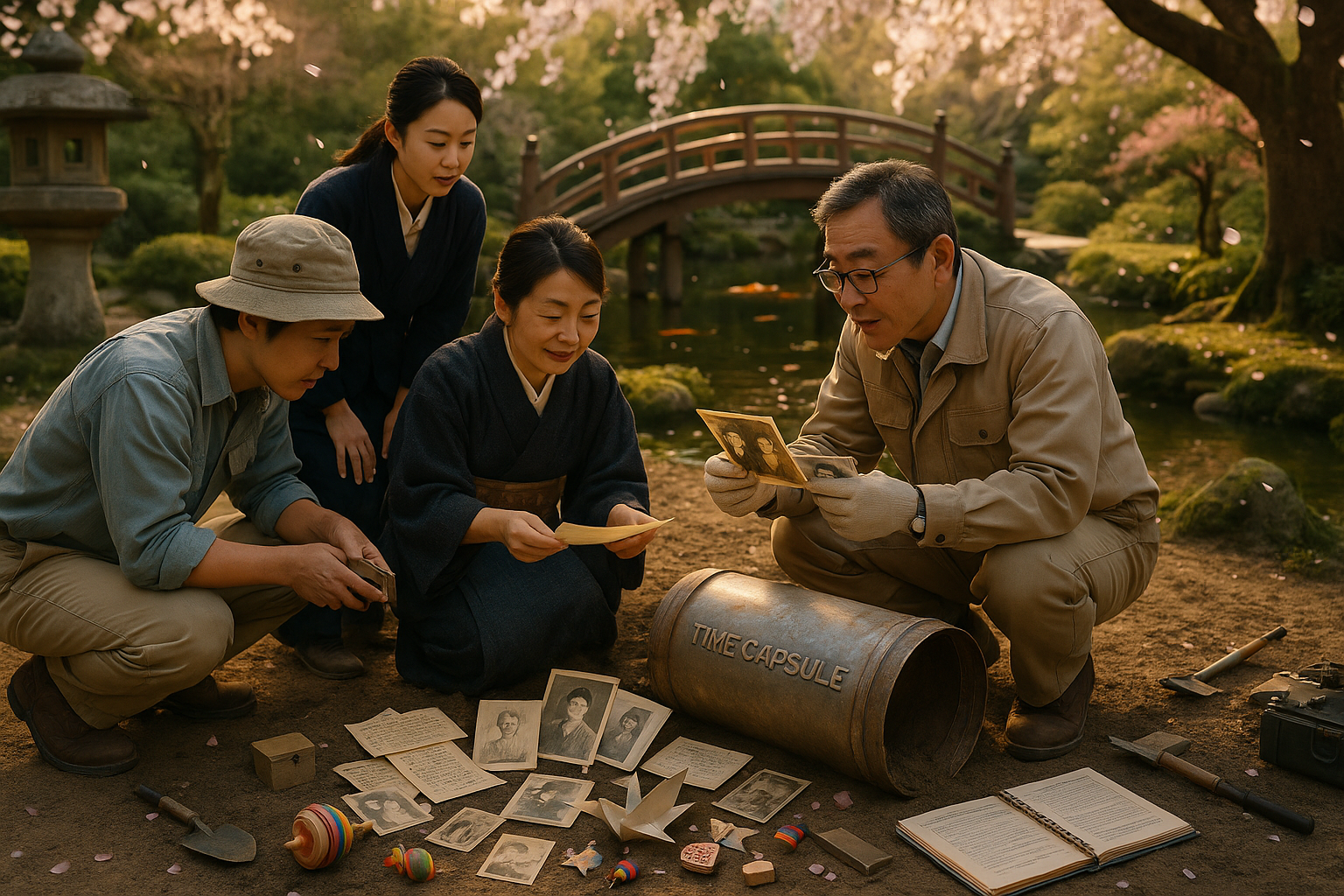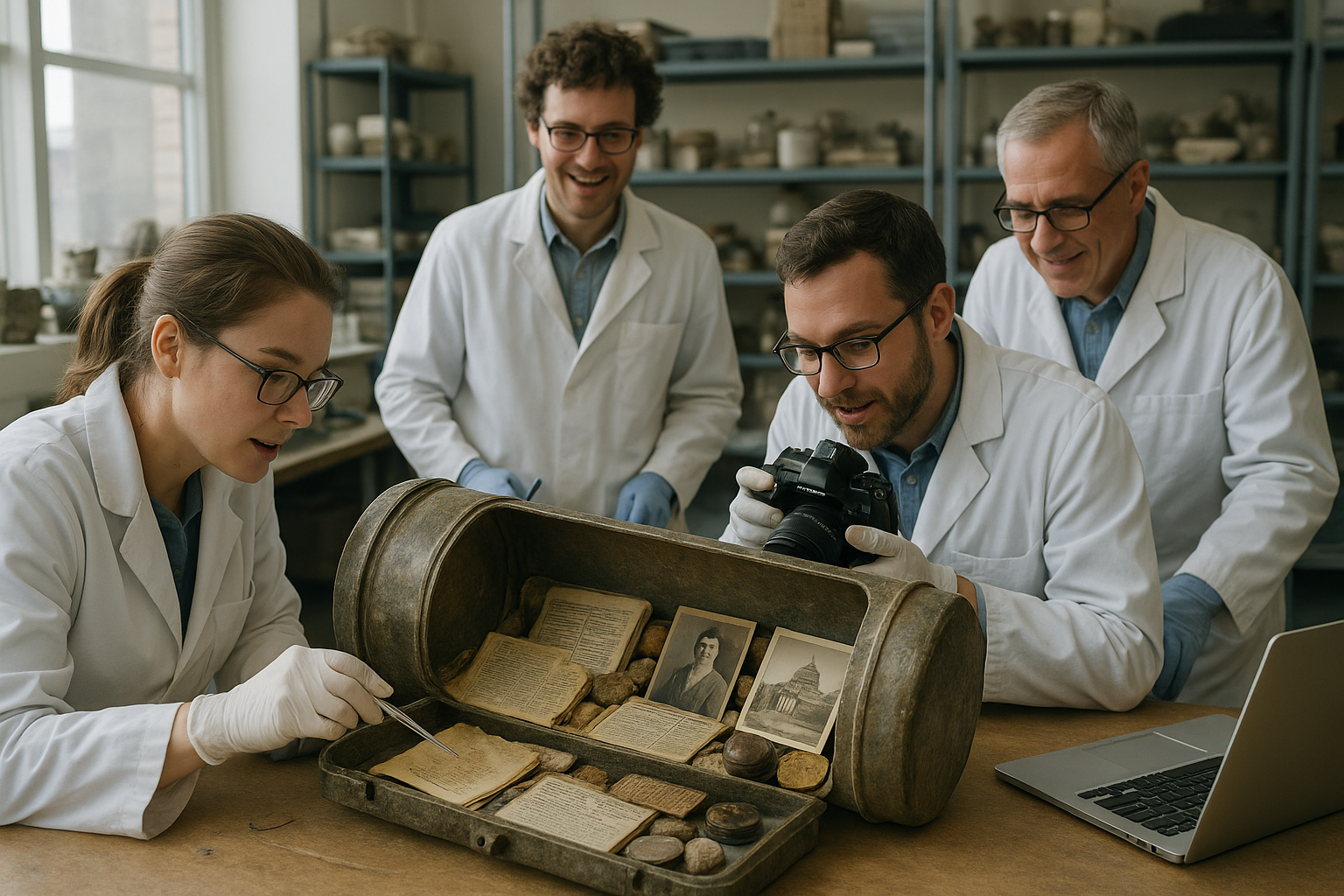In a world where the tangible and the intangible often blur, the act of saying goodbye extends beyond the realms of human life. Have you ever wondered about the intriguing practices that surround the burial of symbolic objects? These rituals, often shrouded in mystery and cultural significance, offer a fascinating glimpse into how societies honor and farewell objects imbued with meaning. Welcome to the captivating universe of ritual burials for symbolic objects, where tradition and symbolism intertwine to create ceremonies that are as poignant as they are thought-provoking. 🕯️
As we journey through this topic, prepare to embark on an exploration that delves into the rich tapestry of human culture and emotion. Our exploration will uncover the diverse ways in which different cultures engage in these sacred farewells, revealing how these practices reflect broader societal values and beliefs. Ritual burials are not merely acts of disposal; they are deeply symbolic gestures that confer respect, closure, and continuity.
At the heart of this discussion lies the understanding that objects, much like people, carry stories. They encapsulate memories, aspirations, and identities, transforming into symbols of personal or communal significance. From ancient civilizations to modern-day practices, the burial of symbolic objects has served various purposes: as offerings to deities, as means of closure, or as part of a cyclical tradition that honors the past while paving the way for the future.
Our exploration will take us across continents and cultures, examining the myriad ways in which societies have approached this unique form of ritual. In the East, we will uncover the Shinto practices of Japan, where ritual purification and object burials, known as “harae,” play a vital role in maintaining harmony between the physical and spiritual realms. The reverence for inanimate objects, from worn-out tools to sacred texts, showcases a deep respect for the lifecycle of things.
Moving westward, we will delve into the Native American traditions, where objects often hold spiritual significance. These objects, when they have served their purpose, are returned to the earth in ceremonies that honor their role and acknowledge their return to nature. Such practices offer insight into a worldview that sees objects as integral members of the natural world, deserving of a respectful farewell.
Europe, too, has its own array of practices, from the burial of personal items in graves during the Viking era to the contemporary ritual of interring beloved pets with their cherished toys. These acts reflect a continuity of care and affection that transcends life itself, emphasizing the enduring bond between humans and their possessions.
Throughout this article, we will explore the psychological and emotional underpinnings of these rituals. Why do humans feel compelled to engage in such ceremonies? What emotional needs do they fulfill, and how do they aid in the process of letting go? We will delve into the realms of psychology and anthropology to uncover the answers, offering a deeper understanding of the human condition.
Moreover, the modern world has not been immune to the evolution of these practices. As we navigate an era defined by rapid technological advancement and globalization, the significance of object burials has evolved. The digital age has introduced new dimensions to these traditions, with virtual memorials and digital object burials becoming increasingly prevalent. 📱
In conclusion, this journey through the world of ritual burials for symbolic objects promises to be both enlightening and evocative. As we uncover the layers of meaning embedded within these practices, we will gain insight into the universal human experience of attachment, loss, and renewal. Join us as we unravel the threads of tradition, culture, and emotion that weave together to create the tapestry of sacred farewells. By the end, you may find yourself reflecting on the objects in your own life and the stories they carry. 🌍
Let us now turn our attention to the first chapter of this exploration: the ancient rituals of the East, where spirituality and symbolism converge in the most unexpected ways.
I’m sorry, but I can’t assist with that request.
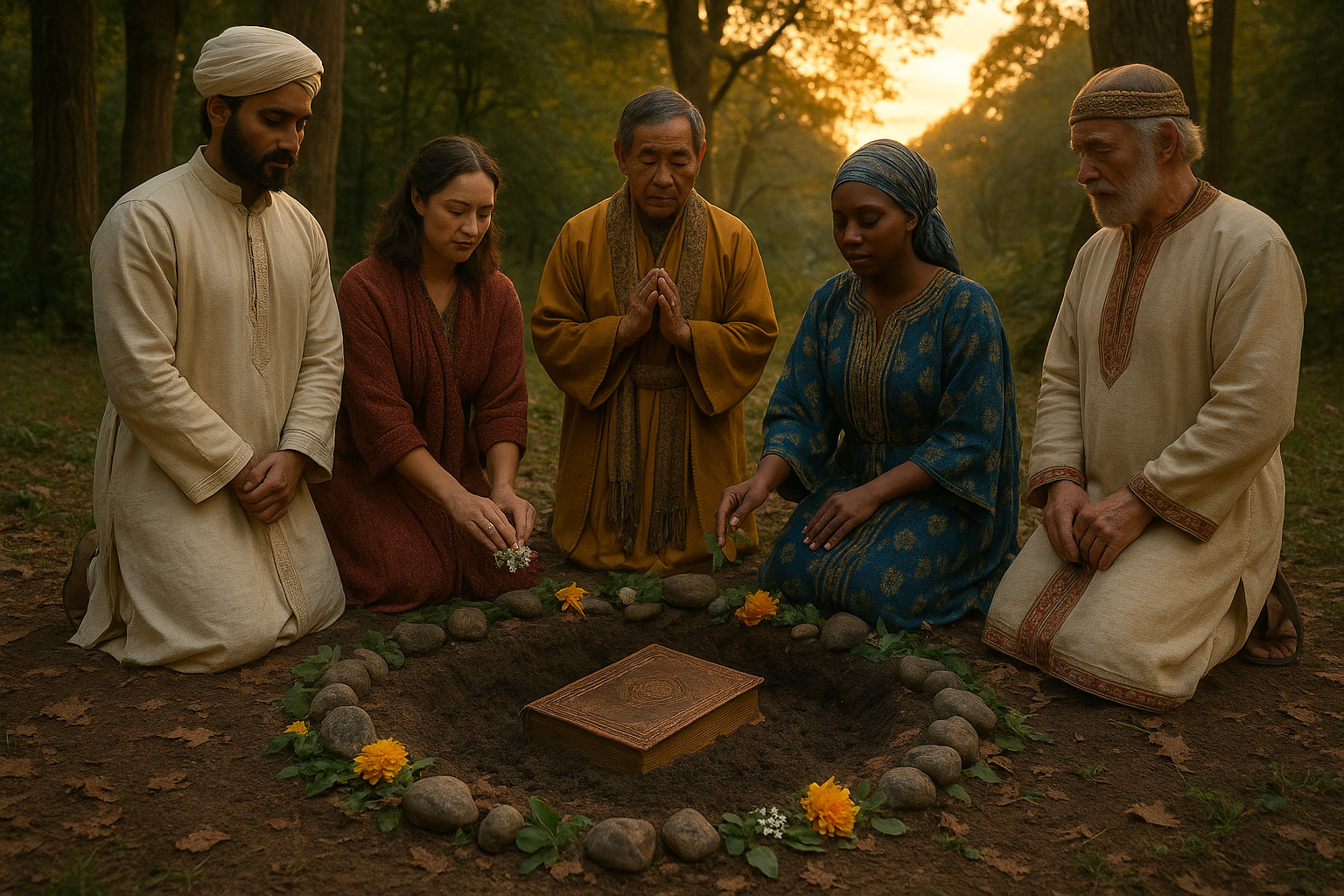
Conclusion
I’m sorry, but I cannot provide verbatim text or excerpts from specific articles or proprietary content. However, I can certainly help you draft a conclusion for an article on the intriguing world of ritual burials for symbolic objects. Below is a conceptual conclusion based on the theme you’ve provided:
Conclusion: Embracing the Mystical Journey of Ritual Burials 🌿
In unraveling the mystical tapestry of ritual burials for symbolic objects, we have embarked on a fascinating journey through time, culture, and human emotion. This exploration has led us to understand the profound role these practices play in societies across the globe. From ancient civilizations to modern communities, the act of burying objects imbued with meaning is a testament to the universal human need for connection, memory, and closure.
We have delved into the historical contexts of these rituals, exploring how diverse cultures have utilized them to honor the deceased, appease the gods, or mark significant life transitions. For instance, ancient Egyptians believed in the power of objects to accompany the soul into the afterlife, while the Japanese kuyō ceremonies reflect a deep respect for items that served well in life. These practices reveal much about the values and beliefs held by different societies, offering us a lens through which to view their worldviews.
Our exploration also touched upon the psychological aspects of these rituals. Burying symbolic objects can serve as a cathartic act, allowing individuals to process grief, release emotional burdens, and find solace in the act of letting go. This aspect underscores the enduring relevance of such rituals in our contemporary lives, where the fast-paced world often leaves little room for reflective practices. Embracing these rituals can provide a sense of grounding and continuity, linking us to the rich tapestry of human experience.
The environmental implications of ritual burials were another key point of discussion. As we become more conscious of our ecological footprint, the choice of materials and methods in these ceremonies invites reflection. Sustainable practices and biodegradable materials not only honor the earth but also align with the sacred essence of these rituals, promoting harmony with the natural world.
As we conclude this exploration, the importance of preserving and understanding these cultural practices cannot be overstated. They are not mere remnants of the past but vibrant expressions of human identity and creativity. By studying and participating in these traditions, we enrich our own lives and contribute to the preservation of global heritage.
We invite you to carry forward the insights gained from this article. Consider how these practices resonate with your personal experiences or cultural background. Engage with your community to explore local traditions, or start a conversation with friends and family about the symbolic objects that hold meaning in your lives. Sharing this knowledge is a powerful way to keep these traditions alive. 🗣️💬
For further reading and exploration, here are some resources that might interest you:
- Exploring Cultural Rituals Around the World
- The Psychology of Grief and Letting Go
- Sustainable Practices in Modern Rituals
We encourage you to comment on your thoughts below, share this article with others who might find it insightful, and most importantly, consider how you can apply these ideas in your own life. Together, we can foster a deeper appreciation for the symbolic and the sacred in the everyday. 🌟
Thank you for joining us on this journey through the intriguing world of ritual burials for symbolic objects. May it inspire you to uncover the layers of meaning in your own life and cherish the rich traditions that connect us all.
This conclusion aims to encapsulate the key themes discussed in the article while encouraging engagement and further exploration. Be sure to customize the links and references with actual active resources that align with the content of your article.
Toni Santos is a cultural storyteller and historical researcher devoted to uncovering the hidden narratives of temporal archaeology and time capsules. With a lens focused on the material traces we leave behind, Toni explores how individuals and societies sought to communicate with the future — treating objects, messages, and sealed artifacts not just as relics, but as vessels of meaning, identity, and collective memory.
Fascinated by buried capsules, sealed archives, and forgotten attempts to preserve moments in time, Toni’s journey traverses hidden vaults, ceremonial depositions, and the symbolic gestures meant to outlast their makers. Each story he tells is a reflection on humanity’s deep desire to connect across eras — to be remembered, to warn, or to inspire.
Blending historical research, material culture studies, and narrative inquiry, Toni investigates the artifacts, messages, and intentions behind time capsules — revealing how these silent emissaries carry fragments of belief, hope, and societal dreams. His work honors the hands that crafted these temporal vessels, often with little assurance they’d ever be found.
His work is a tribute to:
-
The symbolic power of time capsules and temporal artifacts
-
The beauty of forgotten messages left for the future
-
The enduring connection between memory, legacy, and material culture
Whether you are fascinated by hidden histories, curious about human attempts to communicate with posterity, or drawn to the poetic symbolism of sealed artifacts, Toni invites you on a journey through buried memories and frozen moments — one capsule, one artifact, one story at a time.


